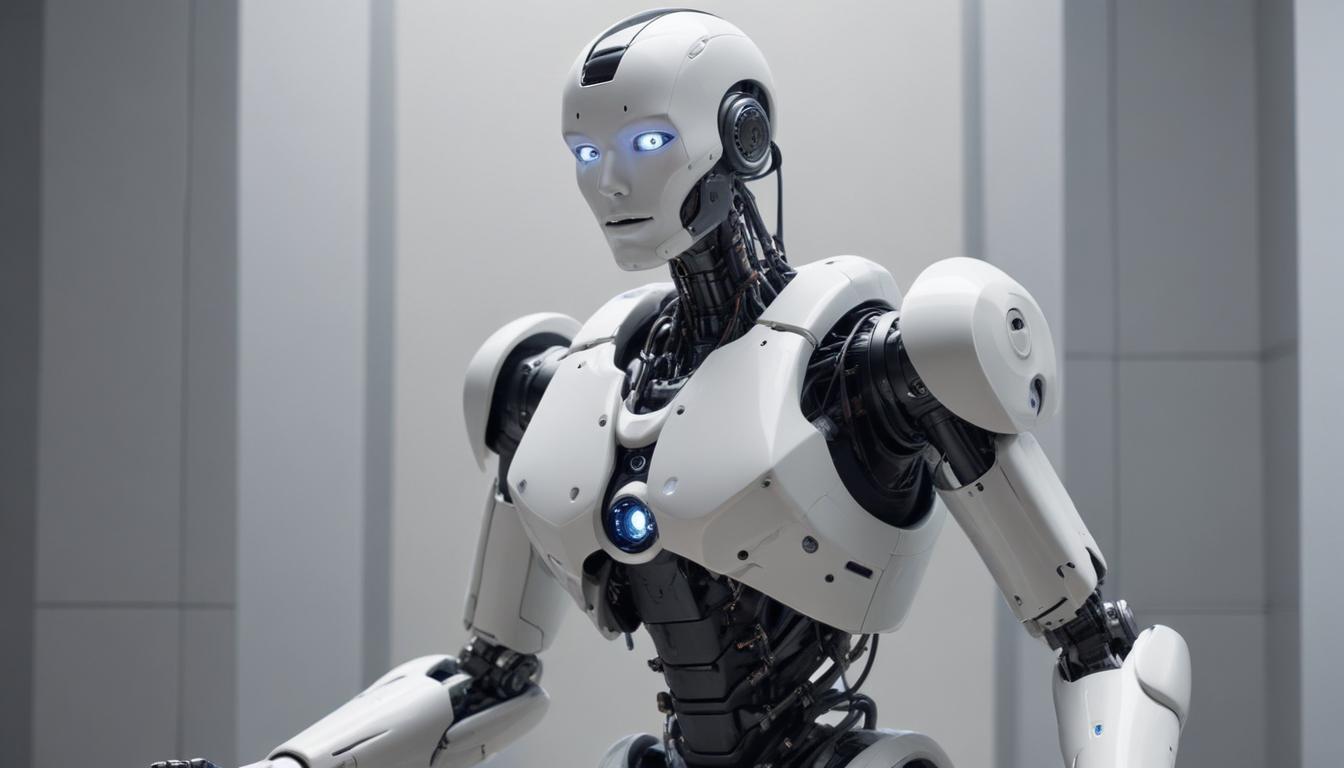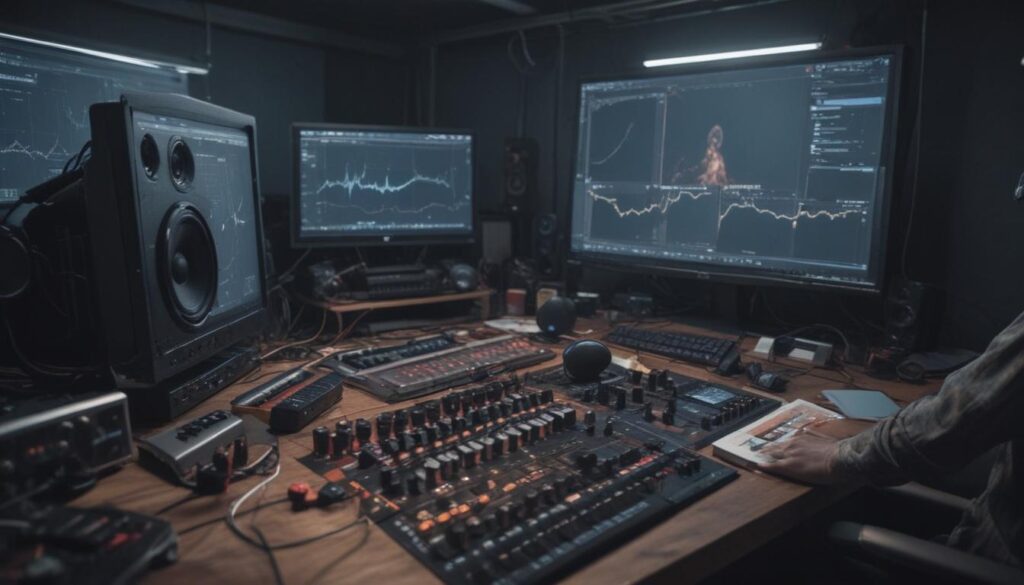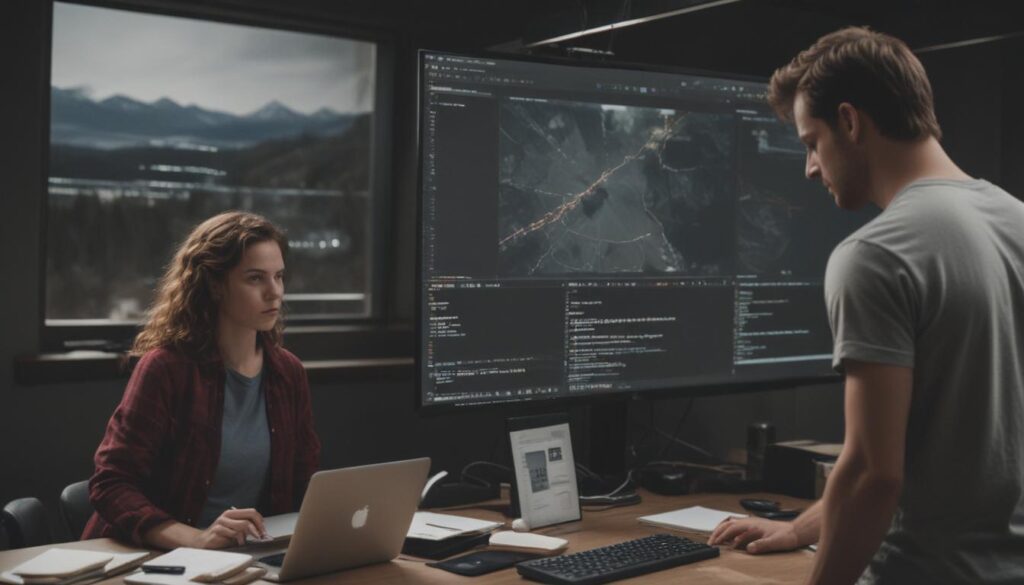Now Reading: Humanoids & The Future of Robotics
- 01
Humanoids & The Future of Robotics
Humanoids & The Future of Robotics

Advanced Robotics Humanoid Robots and Beyond
Does the constant news about walking, talking robots make you feel like you’ve stepped into a science fiction movie? It’s easy to get overwhelmed by the rapid advancements in robotics and wonder what’s real, what’s hype, and what it all means for our future. You’re not alone in feeling a mix of excitement and uncertainty.
This guide is here to clear the confusion. We’ll break down the complex world of advanced robotics in simple terms. You will learn what humanoid robots are truly capable of today, explore the incredible innovations happening beyond human-like forms, and understand how this technology is already starting to reshape our world. Forget the movie plots; let’s discover the reality.
What Exactly Is Advanced Robotics
When most people think of robots, they picture a clunky machine on a car factory assembly line, welding doors with repetitive precision. While that is a form of robotics, advanced robotics is a giant leap forward. It’s the fusion of sophisticated physical machinery with cutting-edge artificial intelligence (AI), machine learning, and advanced sensors.
More Than Just Repetition
Unlike their traditional counterparts that perform a single, pre-programmed task, advanced robots can perceive their environment, make decisions, and learn from experience. They can navigate unpredictable spaces, interact with objects of varying shapes and sizes, and even collaborate with humans safely. This ability to adapt is what truly sets them apart and unlocks a world of new possibilities.
The Fascinating World of Humanoid Robots
One of the most captivating areas of advanced robotics is the development of humanoid robots—machines designed to mimic the human form and movement. Companies like Boston Dynamics with its agile Atlas robot and Engineered Arts with the incredibly expressive Ameca are pushing the boundaries of what’s possible.
Why Make Robots Look Human
Building a robot in our own image isn’t just for show. There are practical reasons for this design choice. Our world, from the tools we use to the buildings we inhabit, is designed for the human body. A robot with two arms, two legs, and opposable thumbs can more easily navigate and interact with environments built for people, whether it’s climbing stairs in a disaster zone or using a tool in a workshop.
Current Capabilities and Realistic Limitations
Today’s most advanced humanoid robots can walk, run, jump, and even perform complex gymnastic routines. They can pick up and manipulate objects with increasing dexterity. However, it’s crucial to separate viral videos from everyday reality. These feats are often performed in controlled environments. Fine motor skills, common-sense reasoning, and robust, long-term autonomous operation are still significant challenges that researchers are working hard to overcome.

Beyond Humanoid Exploring Other Forms of Advanced Robotics
While humanoids grab headlines, some of the most exciting innovations are happening in non-human forms. Nature, after all, has perfected design over millions of years.
Bio-Inspired Robots Taking Cues from Nature
Engineers are looking to the animal kingdom for inspiration. This has led to snake-like robots that can slither through pipes and rubble for search-and-rescue missions, robotic fish that can monitor marine ecosystems without disturbing wildlife, and gecko-inspired climbers that can scale smooth walls. These designs are often more efficient and effective for specific tasks than a humanoid model would be.
Swarm Robotics The Power of Many
Imagine hundreds of small, simple robots working together like a colony of ants to achieve a complex goal. This is the concept behind swarm robotics. Instead of one large, expensive robot, a swarm can cover a large area for environmental monitoring, perform complex construction tasks, or even venture into space exploration. The collective intelligence of the swarm makes the system incredibly resilient; if a few robots fail, the mission can still succeed.
The Real-World Impact of Advanced Robotics
This technology is no longer confined to research labs. Advanced robotics is actively transforming industries and changing the way we live and work.
Revolutionizing Healthcare and Logistics
In medicine, surgical robots assist surgeons with superhuman precision, leading to less invasive procedures and faster recovery times. In logistics, autonomous mobile robots navigate massive warehouses to sort and transport packages, making next-day delivery possible. These are not future concepts; they are happening right now.
Ethical Questions and the Future of Work
The rise of capable robots naturally brings up important questions. Discussions about job displacement, data privacy, and the ethical use of autonomous systems are crucial. The goal is not to replace humans but to augment our abilities, taking over tasks that are dangerous, dull, or dirty, and freeing up people to focus on roles that require creativity, critical thinking, and emotional intelligence.
What Does the Future Hold
The field of advanced robotics is accelerating at an unbelievable pace. In the coming years, we can expect to see robots that are more integrated into our daily lives—assisting the elderly, performing complex tasks in hazardous environments, and pushing the boundaries of scientific discovery. The journey from science fiction to reality is well underway, creating a future where human and machine collaboration unlocks potential we are only just beginning to imagine.


































